Leg extensions are a staple in fitness routines, targeting the quadriceps in the front of the thigh. This focused isolation exercise is revered for its simplicity and effectiveness in building strength and enhancing muscle definition. Whether you’re a seasoned athlete or a fitness enthusiast, understanding leg extensions can significantly impact your lower body training regimen.
Table of Contents:
1. What is leg extensions
2. The popularity of leg extensions
3. Is leg extensions good
4. How to choose leg extensions
5. How to use leg extensions
What is leg extensions
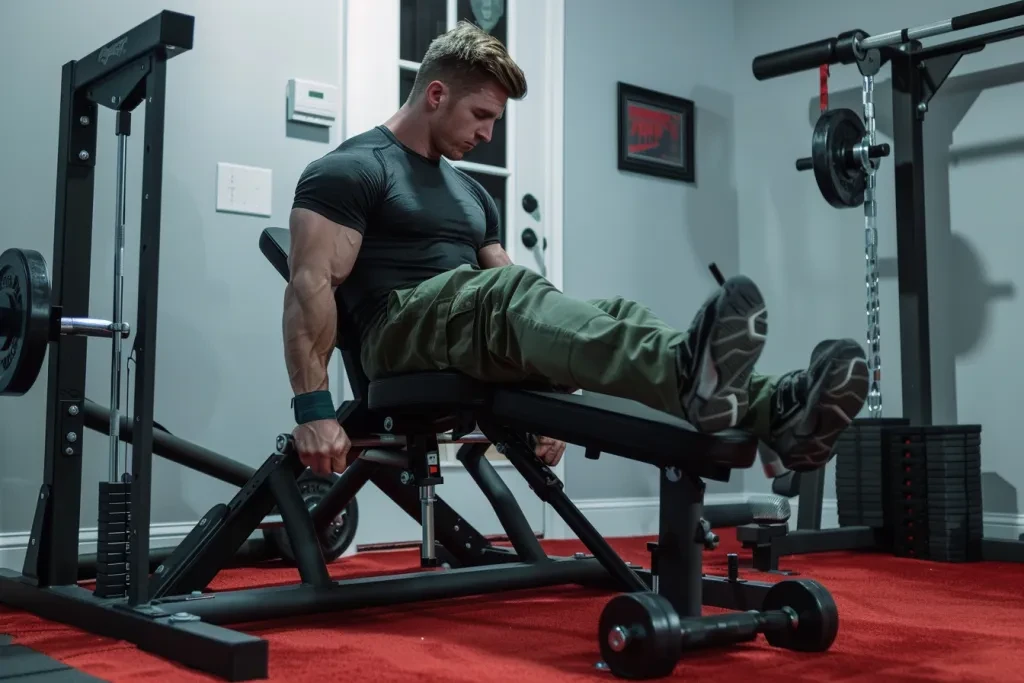
Leg extensions are a type of strength training exercise that primarily targets the quadriceps muscles in the front of the thigh. Performed using a leg extension machine, this exercise involves sitting down and lifting a weight bar with your legs by extending the knees from a bent position to a fully straightened position. The controlled movement focuses on isolating the quadriceps, making it an excellent exercise for building muscle definition and strength in the lower body.
The mechanism of the leg extension machine allows for precise resistance adjustments, making it suitable for various fitness levels. By isolating the quadriceps, leg extensions help in correcting muscle imbalances and improving the symmetry of the legs. This exercise is particularly beneficial for athletes who require strong and well-defined quadriceps for their sports activities.
Leg extensions also play a significant role in rehabilitation scenarios. The exercise’s controlled movement pattern is ideal for gently strengthening the knee joint and the surrounding muscles after injury or surgery. Its ability to focus on the quadriceps without putting undue stress on other leg muscles or the lower back makes it a staple in many physical therapy routines.
The popularity of leg extensions
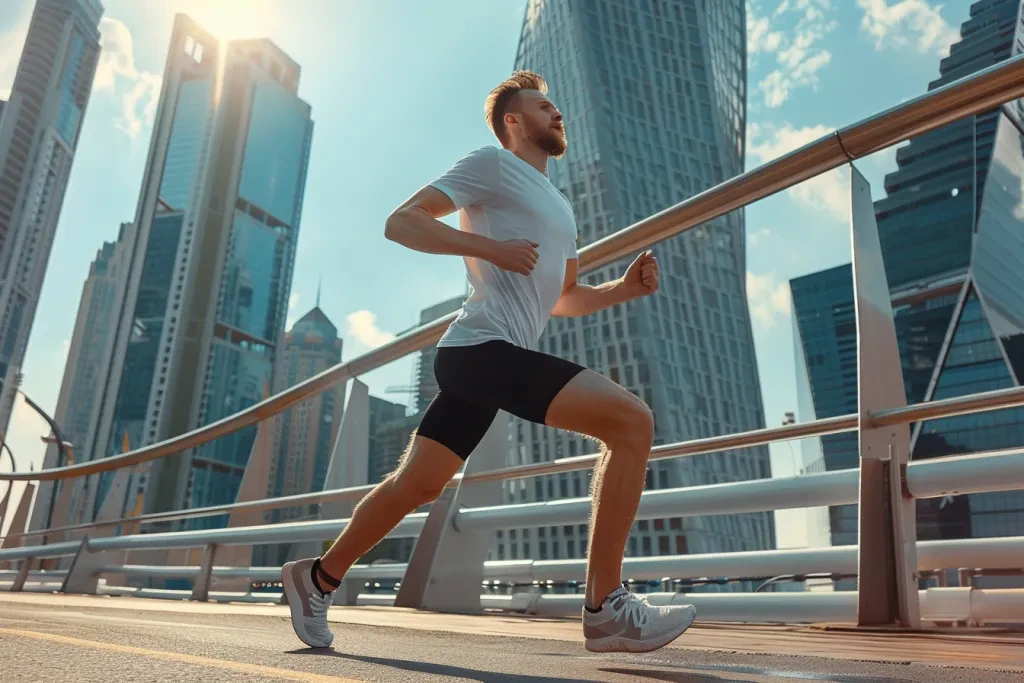
Leg extensions have gained widespread popularity in both gym environments and rehabilitation settings due to their targeted approach to quadriceps strengthening. This exercise is a favorite among bodybuilders and fitness enthusiasts who aim to sculpt strong, defined legs. Its simplicity and effectiveness in isolating the quadriceps muscle make it a go-to exercise for individuals focusing on aesthetic muscle development.
In the realm of sports, leg extensions are utilized by athletes across various disciplines to enhance their lower body strength and improve performance. The exercise’s ability to strengthen the muscles around the knee joint is particularly beneficial for sports that involve running, jumping, or rapid changes in direction.
The rehabilitation community also values leg extensions for their therapeutic benefits. By allowing for adjustable resistance and a controlled movement pattern, leg extensions can be tailored to meet the specific needs of individuals recovering from knee injuries or surgeries. This adaptability has cemented the exercise’s popularity among physical therapists and rehabilitation specialists.
Is leg extensions good
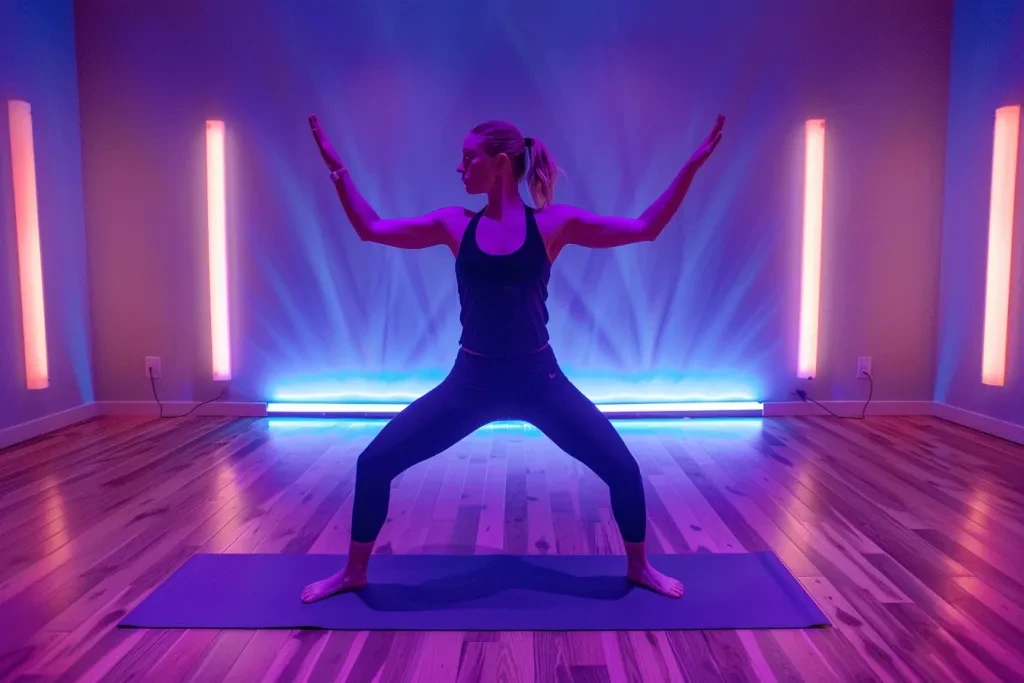
Leg extensions are an excellent exercise for individuals looking to strengthen and define their quadriceps. By isolating this muscle group, leg extensions can effectively enhance muscle size and strength, contributing to improved overall leg aesthetics and functionality. The exercise’s ability to focus on the quadriceps without significant involvement from other muscle groups ensures that the targeted muscles receive maximum benefit from the workout.
However, it’s important to approach leg extensions with caution, especially for individuals with existing knee problems. The exercise places a considerable amount of stress on the knee joint, which can exacerbate issues if not performed correctly. It’s crucial to use proper form and avoid excessive weight to minimize the risk of injury.
Incorporating leg extensions into a well-rounded leg workout can yield significant benefits. The exercise complements compound movements such as squats and lunges, providing a comprehensive approach to lower body training. For optimal results, it’s recommended to balance leg extensions with exercises that target other leg muscles, ensuring a well-rounded development.
How to choose leg extensions
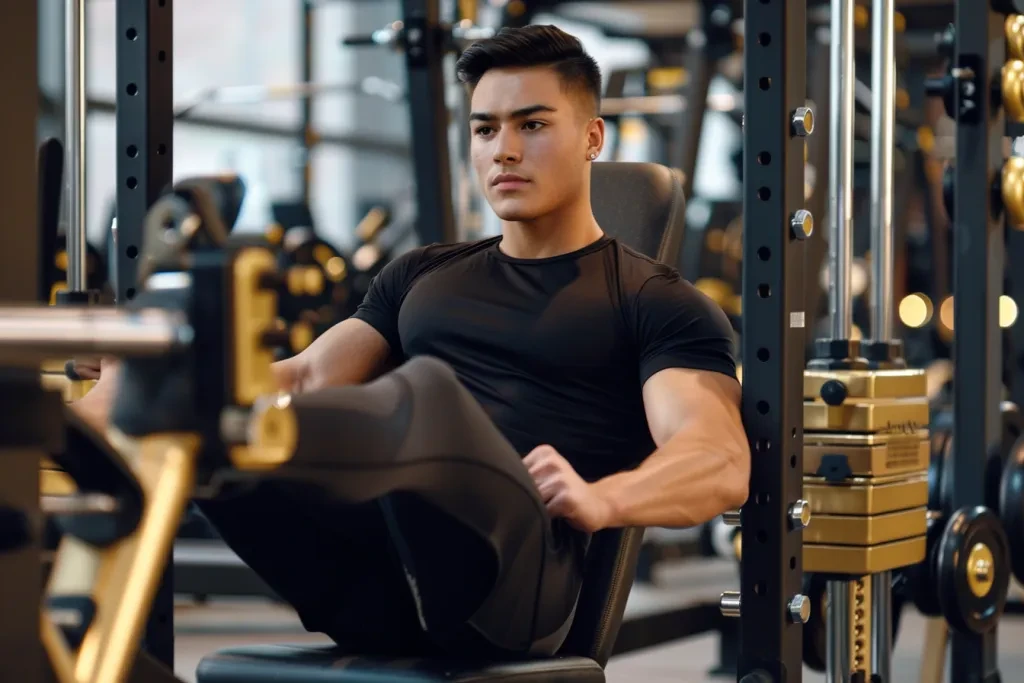
Choosing the right approach to leg extensions involves considering several factors, including the type of equipment available, your fitness level, and your training goals. Most gyms are equipped with a standard leg extension machine, which allows for adjustable weights and seat positions to accommodate different body sizes and strength levels.
When selecting a leg extension machine, look for one with comfortable seating and smooth movement mechanics. The machine should allow you to adjust the seat and weight settings easily, ensuring a proper fit that aligns with your body’s natural movement patterns. Comfort and adjustability are key to performing the exercise effectively and safely.
For individuals without access to a gym or those who prefer home workouts, there are alternative methods to perform leg extensions, such as using resistance bands. While not as precise as using a machine, resistance bands can provide a similar effect by offering adjustable tension for the exercise. Choosing the right resistance level and ensuring proper form are crucial for effective home leg extensions.
How to use leg extensions
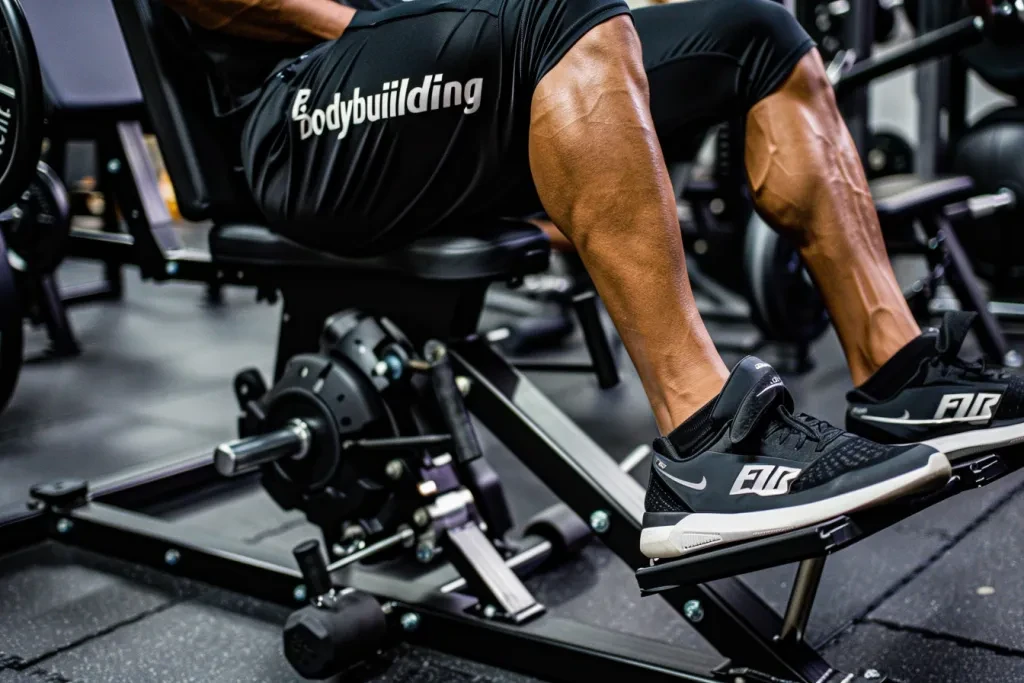
Using leg extensions effectively requires attention to form and technique. Begin by adjusting the machine to fit your body size, ensuring that the back of your knees aligns with the machine’s pivot point. Select an appropriate weight that allows you to perform the exercise with control and without straining your knees.
Sit back in the machine with your legs bent and feet hooked under the padded bar. Slowly extend your legs until they are straight, focusing on contracting your quadriceps at the top of the movement. Hold the contraction briefly, then carefully lower the weight back to the starting position. It’s important to perform the exercise in a controlled manner, avoiding jerky movements or momentum to reduce the risk of injury.
For beginners, it’s advisable to start with lighter weights and higher repetitions to build strength and familiarity with the exercise. As you progress, you can gradually increase the weight while maintaining proper form to continue challenging your muscles.
Conclusion
Leg extensions are a powerful tool in the arsenal of lower body exercises, offering targeted strengthening and definition of the quadriceps. When performed correctly and integrated into a balanced workout routine, leg extensions can significantly enhance leg aesthetics and functionality. By choosing the right equipment and approach, and paying careful attention to form and technique, you can maximize the benefits of this popular exercise while minimizing the risk of injury.




